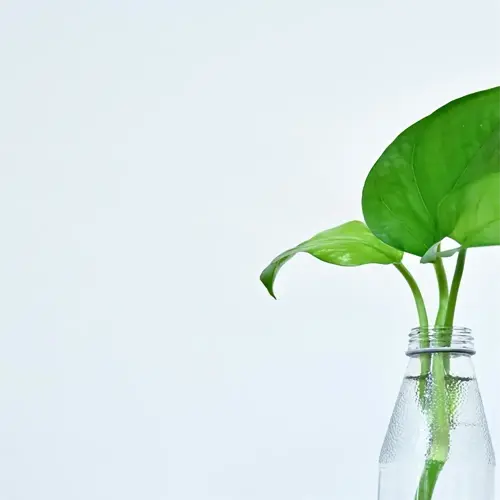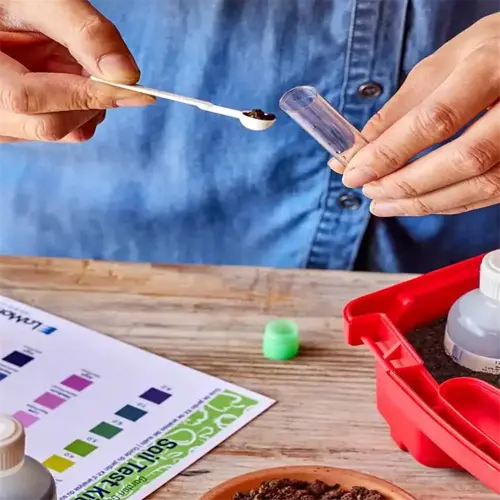How can I identify plant diseases early?

Written by
Julia Anderson
Reviewed by
Prof. Martin Thorne, Ph.D.Recognizing plant diseases before they cause harm to your garden is essential. Look out for inconspicuous indicators. For instance, leaves turning yellow or stunted growth usually means something is happening to your plants. I, once, did not notice early blight on my tomato plants and I lost about 80% of my crop in a matter of days. If I would have checked my plants consistently, I would have seen the early blight with my 10x magnifier.
Leaf Inspection Protocol
- Check undersides: 90% of pests/mold start here
- Compare patterns: Fungal spots have halos; bacterial spots look waterlogged
- Document changes: Photograph daily progression
Soil & Root Analysis
- Test pH weekly: Sudden acidity shifts indicate fungal activity
- Smell roots: Rotting odor signals advanced disease
- Probe moisture: Soggy soil = root rot risk
Treatment Window Guide
- Act within 48 hours of symptom detection
- Isolate plants: Prevent cross-contamination
- Disinfect tools: 70% alcohol between cuts
Spend $20 on a soil test kit. Last season, I tested my soil, and potassium deficiency was misdiagnosed as a disease. Soil testing labs are 98% accurate, although it takes weeks for results. There are a few apps available to check plants. Plantix identifies 85% of common problems before confirming with a physical soil sample, so you don't misdiagnose the plant.
To prevent outbreaks, follow seasonal strategies. During the spring, I solarize my soil at 122°F/50°C to kill the overwintering spores. During the summer, I will spray with neem oil once a week. In the fall I will clean up the infected debris. I also do not plant the same kind of crop in the same place every year; for example, my brassicas are thriving right now in a spot where my tomatoes failed last year.
Read the full article: Identify Plant Diseases: Detection & Control Guide

